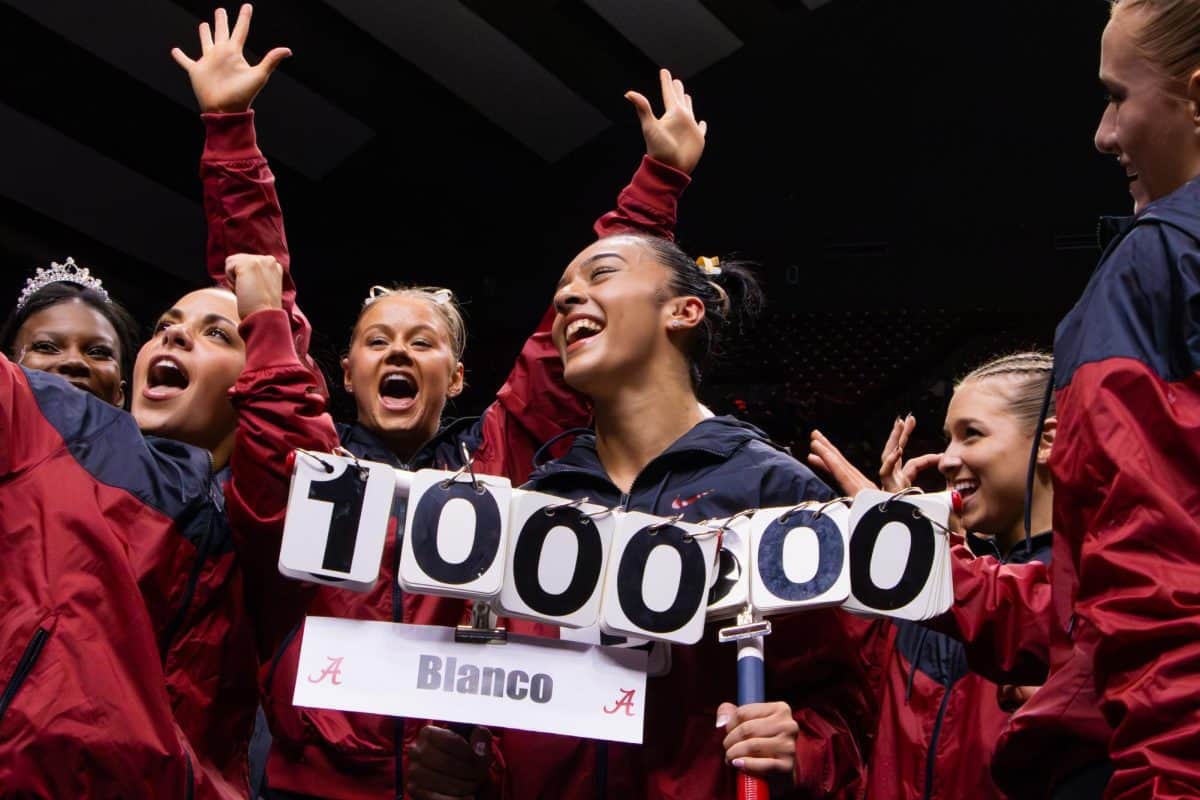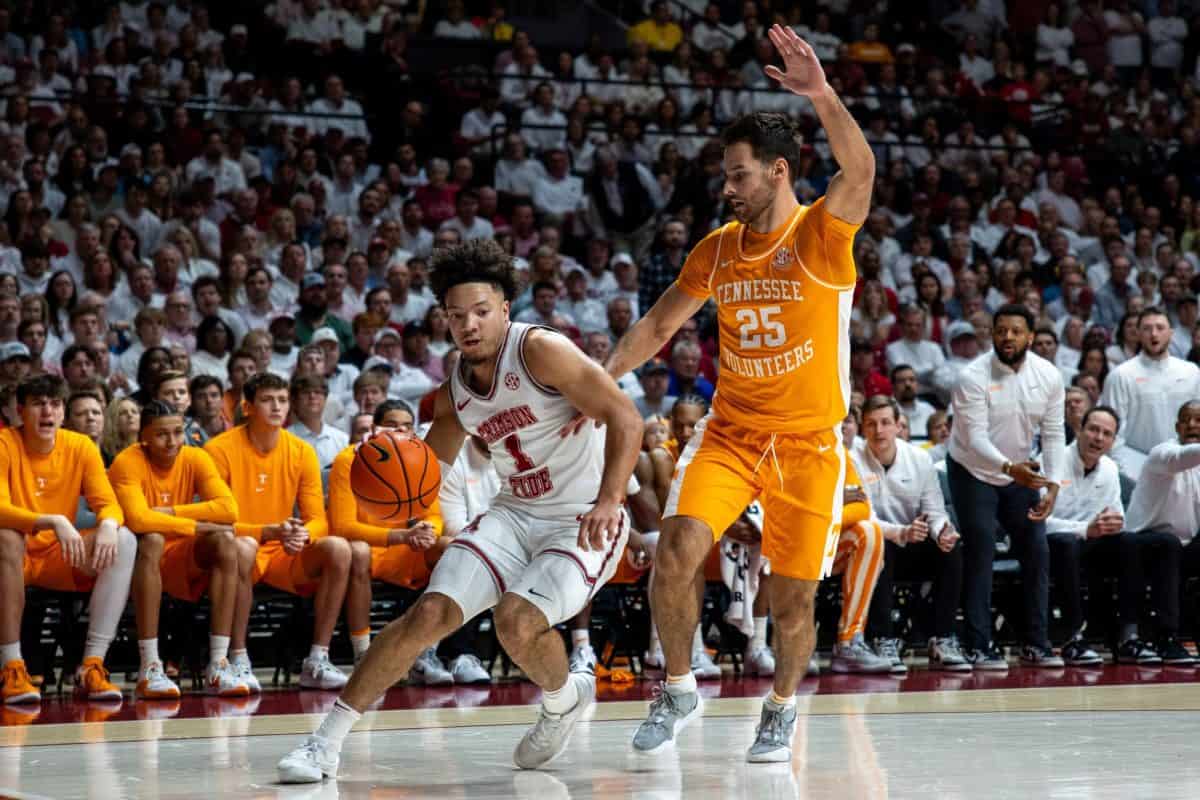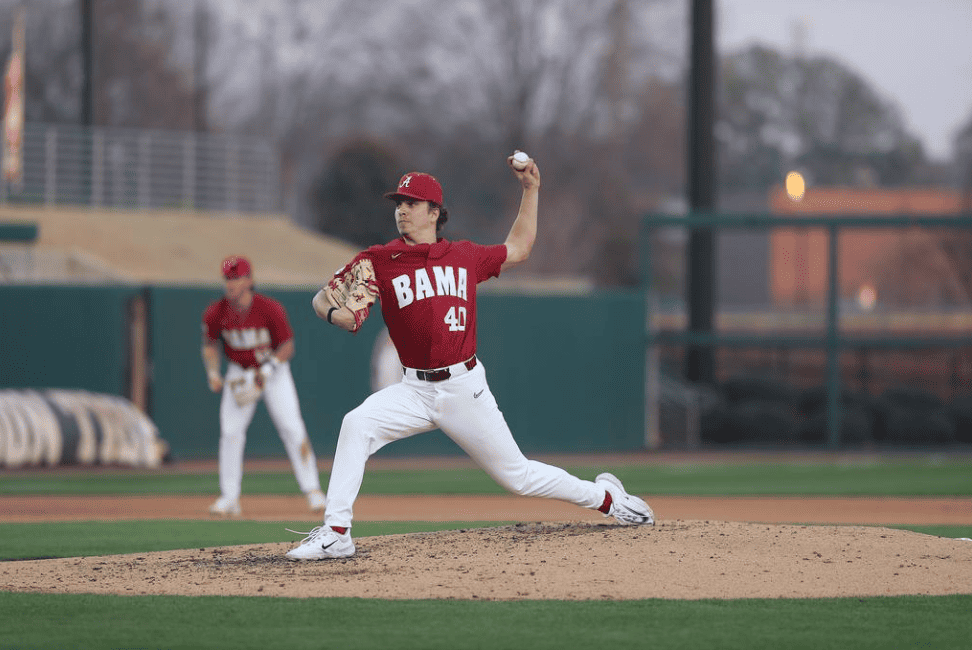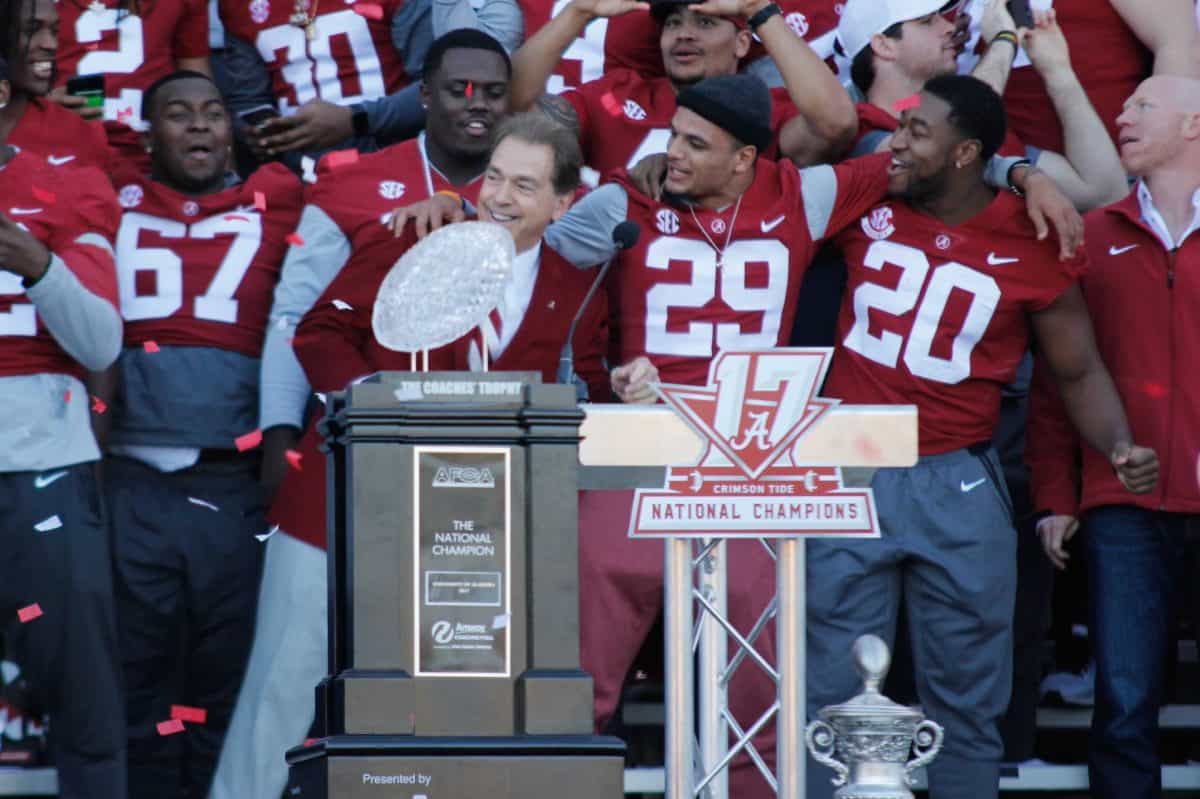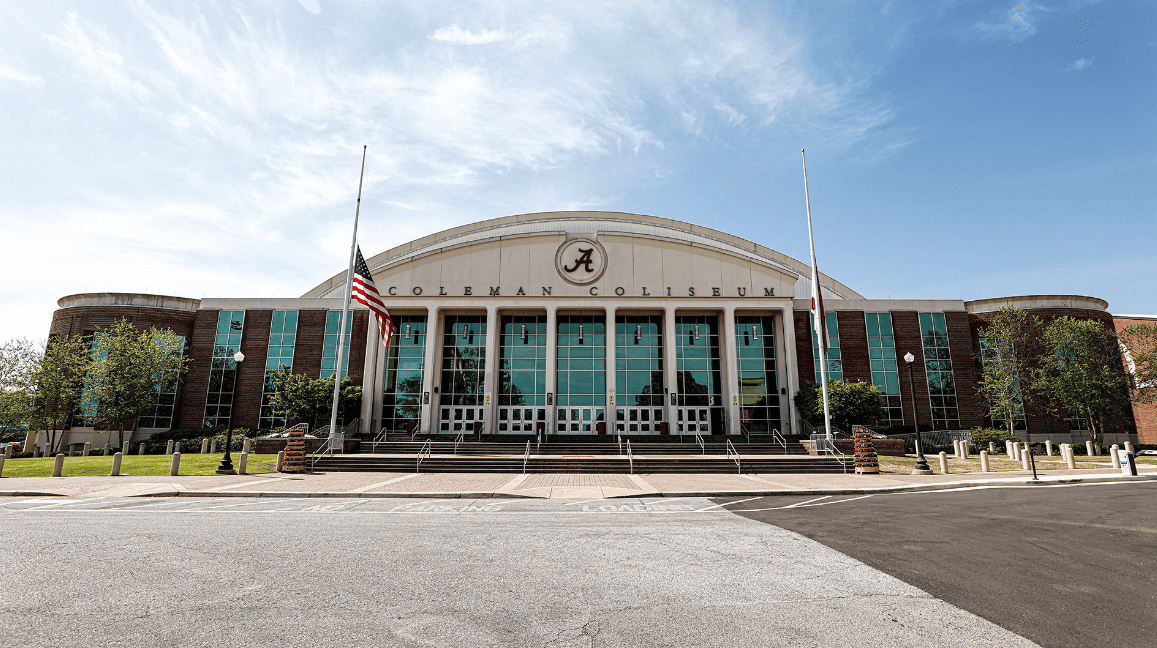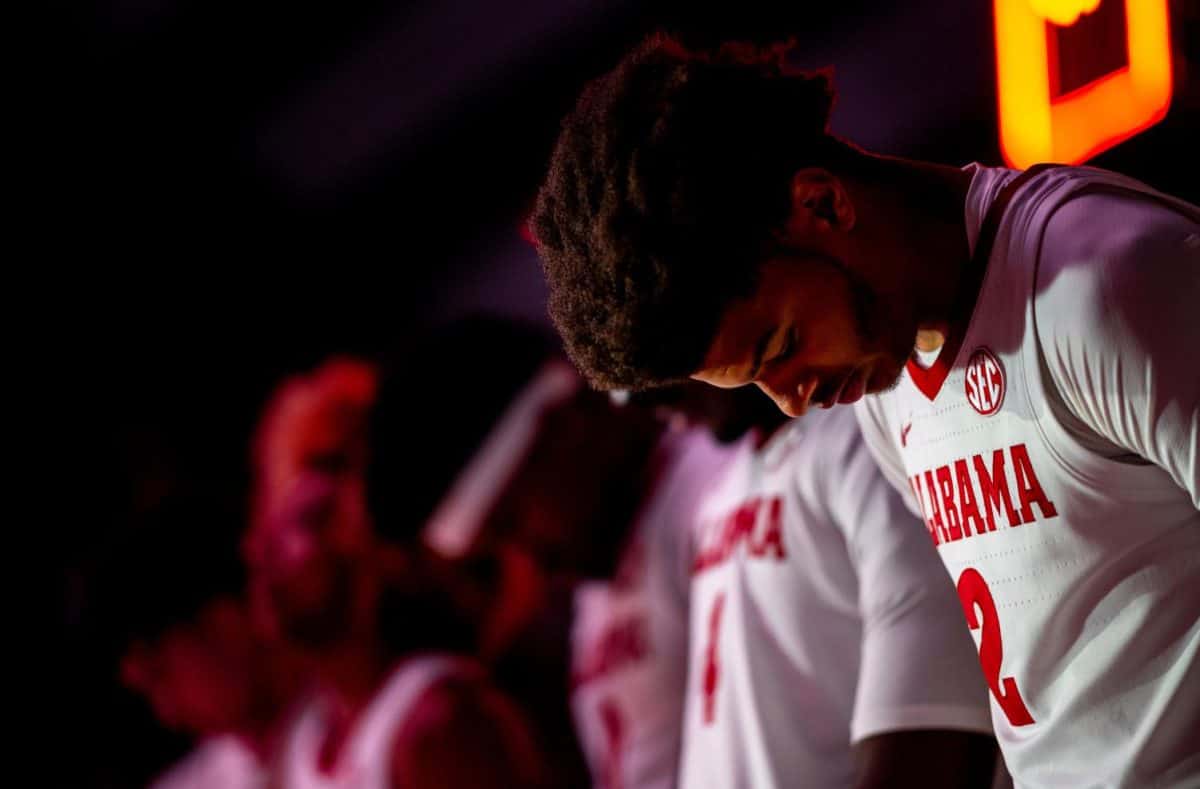Violent altercations on the Strip in late April and early May that resulted in gunfire have spurred discussions and initiatives to create a safer atmosphere on the Strip.
Early on the morning of Thursday, April 19, University Police quickly responded to a fight that had occurred on the 1,200 block of University Boulevard, in which two suspects had fired weapons into the air to disperse the crowd that had surrounded the brawl. The altercation left two men hospitalized, including University of Alabama Crimson Tide receiver DeAndrew White. The two 22-year-old men who fired the handguns were apprehended and charged with reckless endangerment.
On Thursday, May 3, a similar situation occurred, in which police responded at 1:36 a.m. to reports that a 19-year-old man fired shots into the air during a fight involving approximately ten people outside of The Bear Trap on University Boulevard.
The recent altercations have called the safety of the Strip into question, as it serves as popular late-night entertainment for UA students and Tuscaloosa residents alike.
“A lot of people I know go to the Strip a lot, whether for dinner or going out,” said Anna Stevens, a sophomore chemical and biological engineering student. “It’s scary to think that people are just walking around with guns out there.”
The Tuscaloosa Police Department and the UA Police Department share the responsibility of patrolling the Strip. During the times these altercations occurred, TPD only monitored the area during weekends, from Thursday through Saturday nights.
However, the two most recent shootings transpired during the week, which has caused the TPD to alter their surveillance of the late-night hotspot.
“We consider the Strip to still be very safe, but anytime a situation occurs, we are going to add more officers for security,” said TPD spokesman Sgt. Brent Blankley. “Now, we have five or six officers both on the Strip and downtown during the week when we didn’t normally have them.”
Along with an increase in officers patrolling the area, many surveillance cameras line the streets of the Strip, providing another measure of safety. In the past decade, police have used the footage to catch criminals.
“We have several video cameras on the Strip, primarily for traffic purposes,” Blankley said. “However, we have used them to monitor crime, too. We hope that they are a deterrent [for crime], but they are also used as a tool to get information if and when a crime does happen.”
Some business owners along the Strip agree that changes must be made, not only for the safety of their customers and workers, but also for the survival of their businesses.
“The problem is stemming from people standing outside businesses and not going inside – loitering by people who aren’t necessarily students,” said Jon Alford, the general manager of Houndstooth Sports Bar on the Strip and president of the Alabama Beverage Licensees Association.
The ABLA is working directly with the TPD to create a cooperative relationship between the businesses of the area and the police force. They are currently in the process of scheduling a meeting to brainstorm methods of creating a safe environment in Tuscaloosa, according to ABLA executive director Brandon Owens.
“We are for anything that will help to make the area a safer places for residents, visitors and students,” Alford said.
However, Jeremiah Jones, owner of Jupiter Bar on the Strip, realizes that there is always risk involved in owning a bar.
“From a bar perspective, safety is the number one concern,” Jones said, estimating that his routine customers are about 90 percent students. “There is liability that comes with serving alcohol. But am I any more concerned now than I was before? No. There is no increase or decrease – the concern remains constant.
“I don’t want things to happen that are bad for business. If people believe the area isn’t safe, that isn’t going to help business. I can say that the fights didn’t involve customers of The Jupiter. It’s important for people not to associate my business with fights.”
In 2009, the University introduced a new alert system, UA Alerts, that replaced the earlier model, Tide Text Alerts. The system is used to notify students, faculty and staff in case of a campus emergency through text messages, email and phone calls, said Director of Media Relations Cathy Andreen.
Although the UA Alerts system is used primarily for severe weather warnings, the notifications were sent throughout the UA community at 2:47 a.m. on April 19, describing the incident and cautioning people against migrating towards the Strip.
Another alert followed at 3:48, reading, “Situation cleared. Both suspects in custody. No gunshot injuries. Follow up investigations continue.”
However successful the alerts may have been, the system did not notify the UA community of the second shooting on May 3, due to the differences between the crimes, according to Andreen. She attributed the differences to the quick apprehension of the suspect in the May 3 shooting and the lack of an indication of continual danger.
Nolan Bush, a sophomore political science major, believes that students shouldn’t fear for their safety around campus.
“I don’t feel particularly unsafe, but then again, I’m from Montgomery,” he said. “I feel like they were isolated incidents and not anything the average student should be worried about.”

